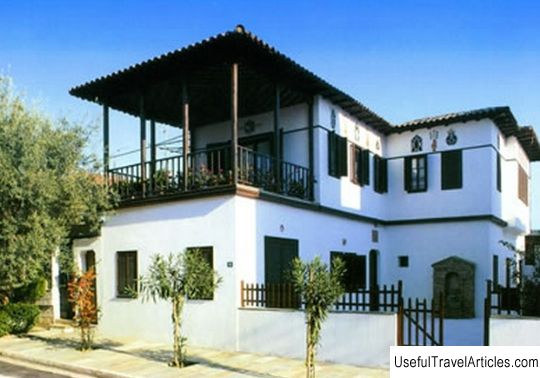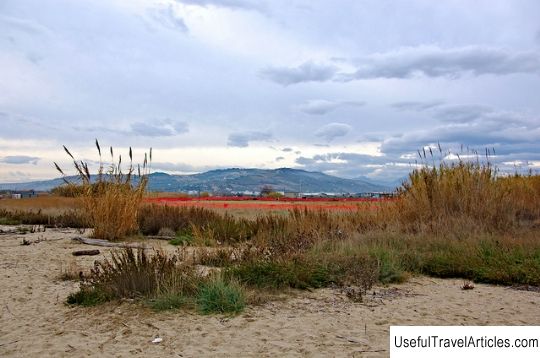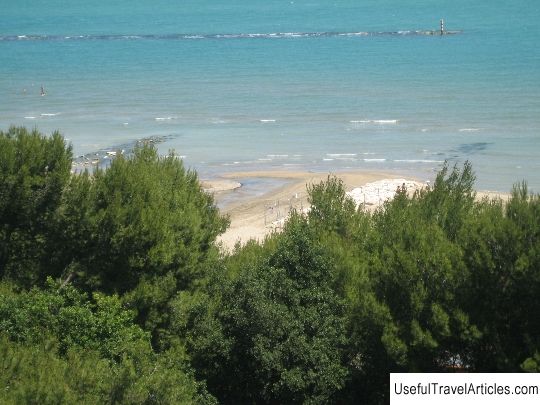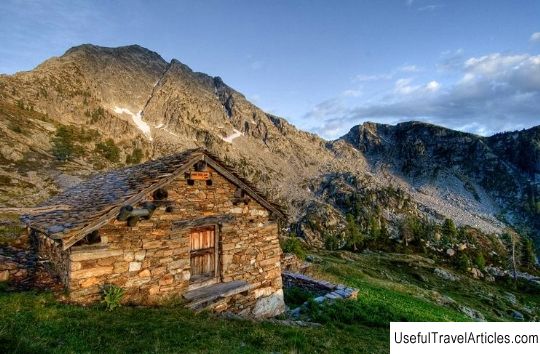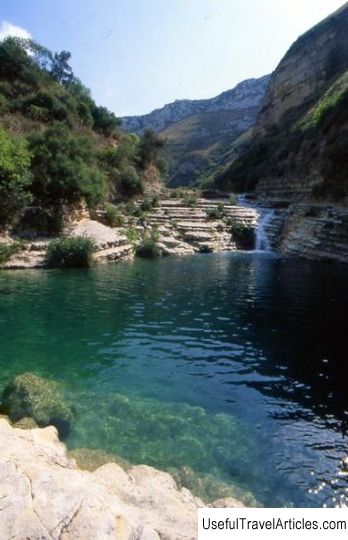Riserva Naturale Tsatelet nature reserve description and photos - Italy: Val d'Aosta
Rating: 7,5/10 (100 votes) 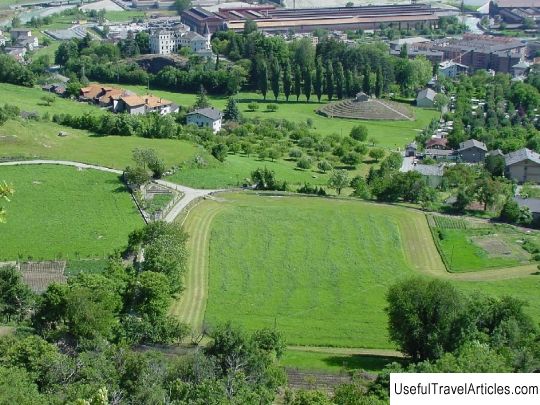
Riserva Naturale Tsatelet nature reserve description and photos - Italy: Val d'Aosta. Detailed information about the attraction. Description, photographs and a map showing the nearest significant objects. The title in English is Riserva Naturale Tsatelet. Photo and descriptionThe Catelet Nature Reserve in the Val d'Aosta region of Italy is an area of particular interest in terms of geomorphology and archeology. Its landscapes are characterized by low mountain slopes with sunny southern sides. The core of the reserve is a large rocky rise dominating the Aosta Valley and located at the confluence of the Butje River with the Dora Baltea River. More than 10 thousand years ago, the territory of the two valleys was cut by a huge glacier, which formed the current landscape. The Tzatelet elevation itself is stretched from north to southeast, which corresponds to the movement of the glacier, which, coming out of the Boutier valley, joined the Baltea glacier and headed towards Mont Mary Mountain. The Tsatelet Reserve is characterized by the presence of xerophilous plants, loving dry and sunny habitats. The climatic conditions that have developed in the protected area - southern slopes, scarce water resources, dry winds and a large temperature difference - are the best suited for such plant species that are represented by typical Mediterranean and steppe flora (valerian, yarrow). The forests are mainly composed of downy oaks, pines and shrubs. Tsatelet is also of interest to birdwatching enthusiasts - bird watching. Birds of prey and ravens are especially found here. During the migration season, you can see common buzzards, hawks, black kites and peregrine falcons. Finally, we should not forget about the archaeological value of the reserve, since on its territory there is a settlement of the late Neolithic, dating back to 3000 BC. It is located at the very top of the hill, and the necropolis belonging to it, on the contrary, lay in the valley, northeast of the settlement. In the necropolis, megalithic tombs and dolmens were discovered, similar to those found in the archaeological area of Saint-Martin-de-Corleans in Aosta. At the top of the hill, to the south, you can see a burial mound, which archaeologists attribute to the era of the Salassi, facing towards the Jocto castle.        We also recommend reading Sheltozero Vepsian ethnographic museum description and photos - Russia - Karelia: Prionezhsky district Topic: Riserva Naturale Tsatelet nature reserve description and photos - Italy: Val d'Aosta. |
